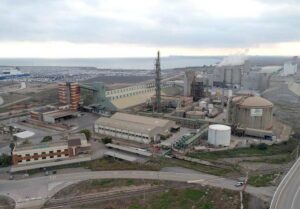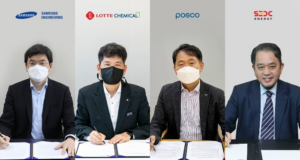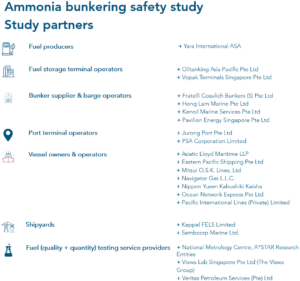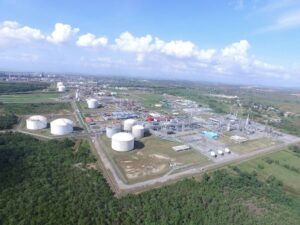NASA, Boeing, UCF to study zero-carbon ammonia jet fuel
A $10 million, five-year NASA University Leadership Initiative grant will allow an academic-industry team to develop new ammonia-fed jet engines. Researchers at the University of Central Florida will lead a team including collaborators from Georgia Tech, Purdue University, GE and Boeing. The proposed design uses liquid ammonia fuel, which is cracked to release hydrogen, which will be burned by the engine. The team is using the Boeing 737-8 aircraft as a baseline for the design.









